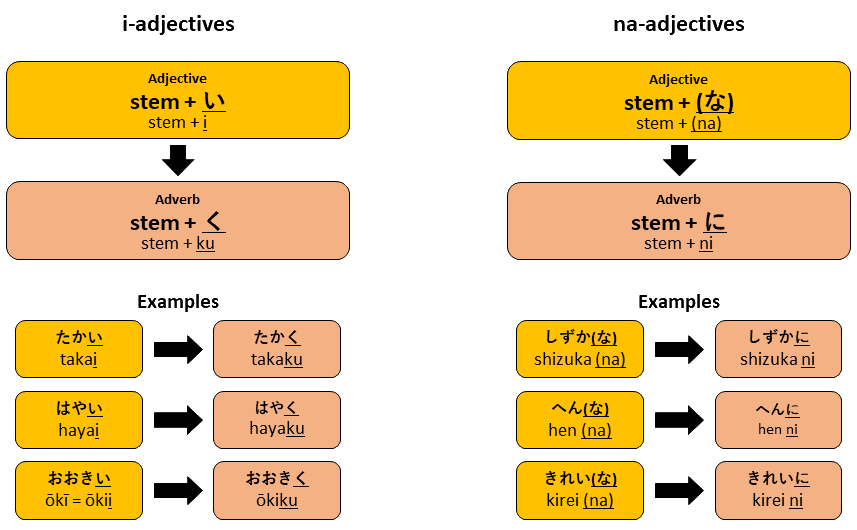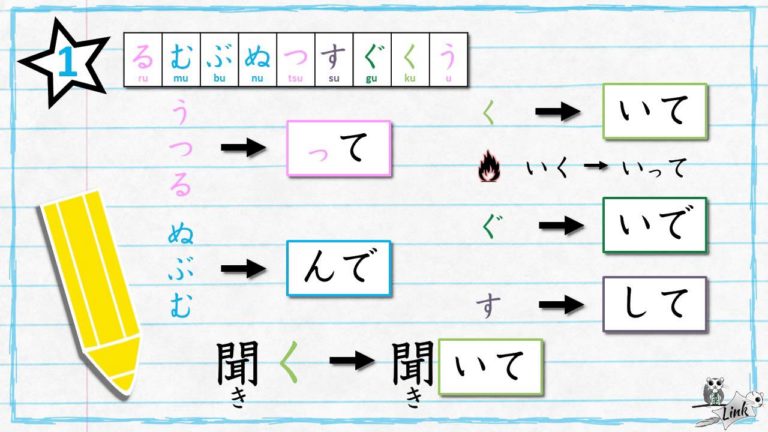Adjectives and adverbs -形容詞と副詞 –
There are two different types of Japanese words that can be used to modify nouns (adjectives) and verbs (adverbs).
One group is very similar to what is called an adjective, but it can also be combined to change the verb. These are called “dv” (short for “descriptive verb”).
These are often referred to as “true adjectives” or “i adjectives.” Other groups can be independent, like nouns, in most cases, but they can also be used to modify nouns and verbs.
These are called “dn” (abbreviation for “descriptive noun”). These are often referred to as “quasi-adjectives” or “na-adjectives.”

Click here to learn Japanese language with the best one-on-one Japanese tutoring lessons in person or online.
All adjectives in the “dv” group always end with an (i). Without exception. These are placed before the noun to change the noun.
Recognizing the “dn” adjectives is not easy, but point them out in the vocabulary list. You may also find “dn” ending in (i) (eg kirei-pretty).
As mentioned earlier, these words can almost always be used alone, like nouns (eg shizen-nature). You can use it to change the noun by adding (na) to the end of these words (eg Natural Environment-> Natural Environment).
You can then use it to change the verb as an adverb by adding (ni) to the end of these words (eg walk naturally-> walk naturally).

Related article:










